How Gandhi built a brand of himself, way better than Apple’s Steve Jobs and yes it’s still relevant
Mass communicator

Self marketing
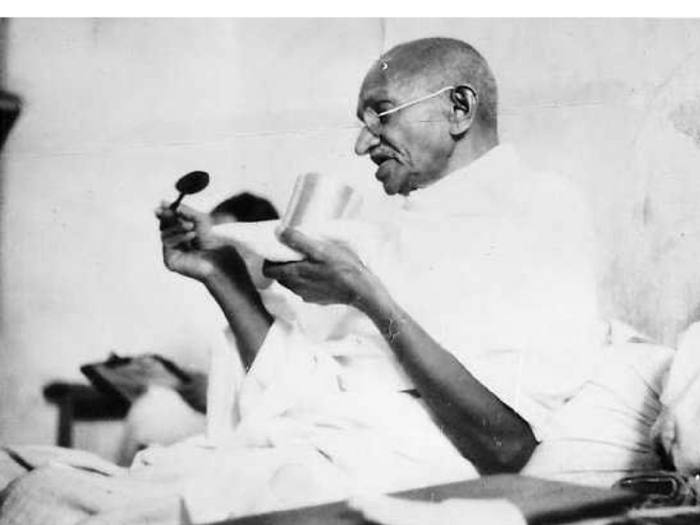
Gandhi believed in his strategies. British couldn't treat him as a random protester as he avoided the path of violence. With his trademark glasses, charkha and walking stick Gandhi became an icon much like Steve Jobs or Bill Gates.
Viral marketing
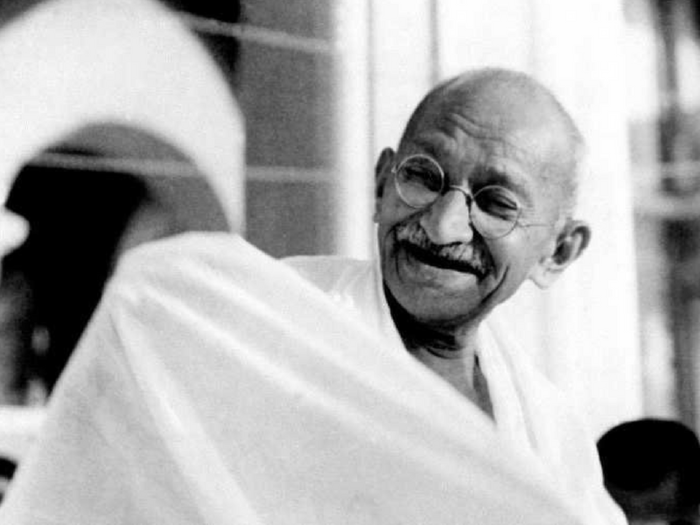
Today we know the job of a growth hacker- its viral marketing. It is the kind of marketing when brands get popularity through people liking and sharing. Gandhi took the pain of travelling throughout the entire length and breadth of the country, thus ensuring that he was heard. He attended Congress meetings to meet the leaders and the people together and to convey the message.
(Image: India Times)
(Image: India Times)
Positioning of his brand
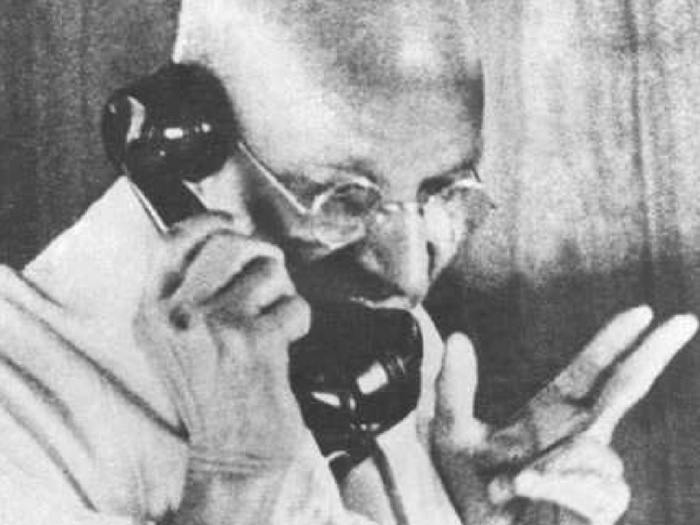
To Gandhi, the target was diverse, the demands varied but he used the same tactics of positioning. To reach out to all odds Gandhi went into differentiation mode. He went into multiple positioning of strategy by combining his target - extremists, moderates and liberals - into one single group. Gandhi positioned the brand into five main bases of nationality, education, unity, equality and spirituality, which he knew were the mantra to his success.
Talking of strategic positioning, another marketing principle, satyagraha, or non- cooperation, Salt march and Quit India movement were all strategic positioning of each and every product that led to building a perfect relation.
Talking of strategic positioning, another marketing principle, satyagraha, or non- cooperation, Salt march and Quit India movement were all strategic positioning of each and every product that led to building a perfect relation.
Change maker
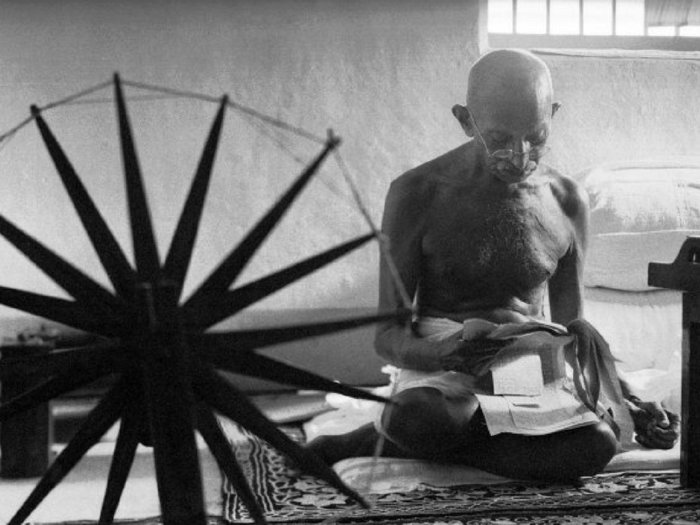
When stakes are high, don't wait. Gandhi proved that a single person could bring in change and that even great change begins with a single person. With a pragmatic eye to the dynamic nature of the day-to-day struggle, Bapu tested his principles against the objectives and goals he had formulated and strengthened or modified, and even rejected certain principles as he devised new ones. For any leader it is important to strike a balance between principles and pragmatism to produce meaningful and productive change. Gandhi believed in the Utopian thought ~ to have a picture of what you want before you can approach it.
(Image: india times)
(Image: india times)
Teamwork is the key
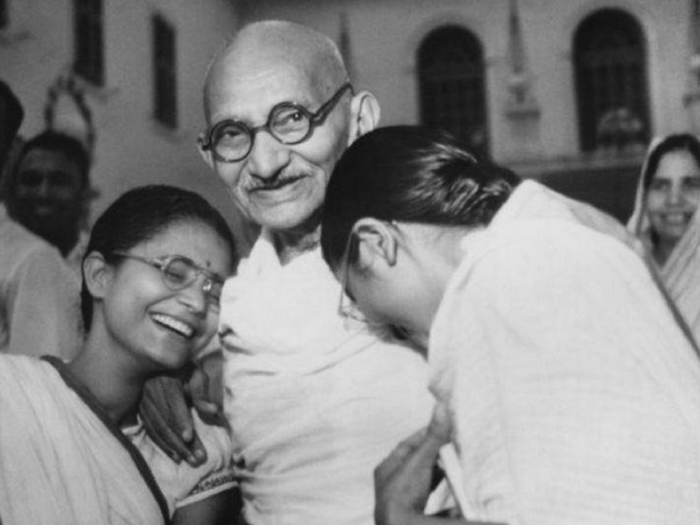
"Don't create fans, create apostles”, is what the corporate world believes today. Gandhi pioneered the concept. If Steve Jobs, the Apple founder believed in apostles to convey his message, Gandhi's satyagrahis redefined apostles and Gandhi was much ahead of Jobs in playing with the idea.
(Image: India Times)
Sustainability of the brand
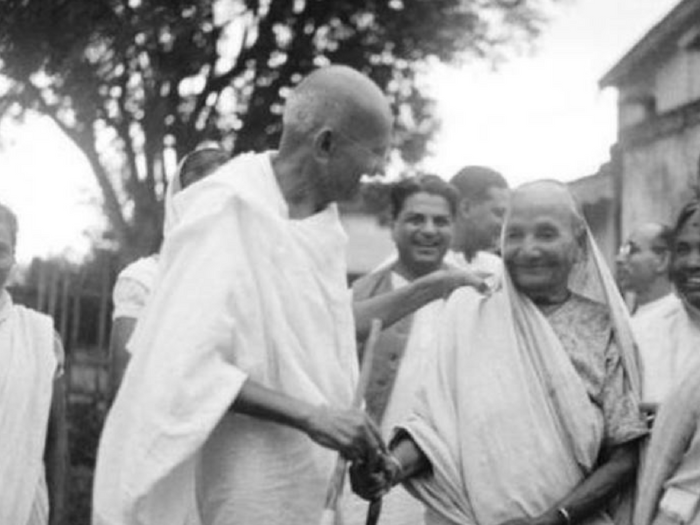
As economist and columnist Santosh Desai said in an exclusive chat, "Talking about the sustainability of Brand Gandhi, his idea of frugality is impressive. His sustainability connected lives. When today's market is self-obsessed with profit maximising, 'Brand Gandhi' is the need of the hour. To reach to masses he travelled by train in third class compartments.
A barrister of extraordinary calibre with a selfless motive believed in 'Act as I act and not as I say'.”
Company policy
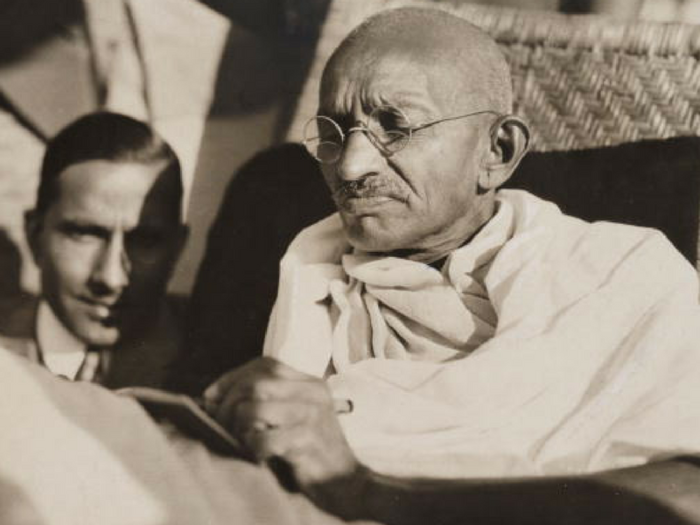
Alan Axelrod in his book Gandhi - the CEO, seeks to add a novel dimension to Gandhi's personality.
“Gandhi’s “company policy” was to ensure that the poorest and the weakest of the society could join him. A company runs with same intuition that if a chunk of customers backed out, the consequence would prove worse. This corporate mantra got its validity with the launch of the Non-cooperation movement. Even an oppressive government knew that if people resisted and ceased to cooperate the government would collapse.
(Image: India times)
“Gandhi’s “company policy” was to ensure that the poorest and the weakest of the society could join him. A company runs with same intuition that if a chunk of customers backed out, the consequence would prove worse. This corporate mantra got its validity with the launch of the Non-cooperation movement. Even an oppressive government knew that if people resisted and ceased to cooperate the government would collapse.
(Image: India times)
Use of media
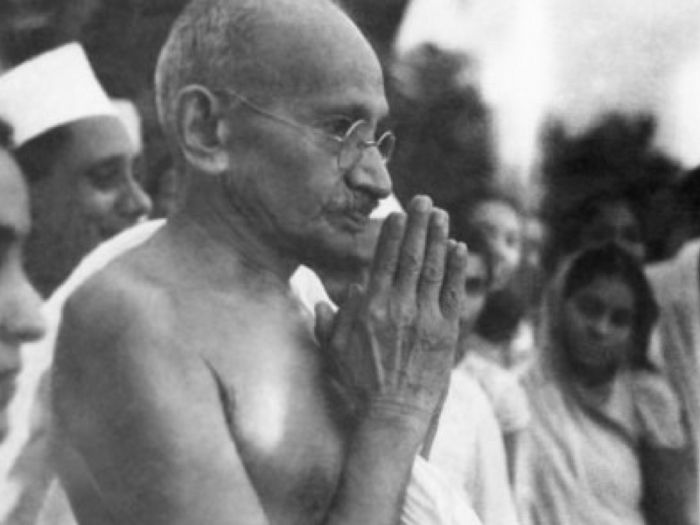
As for his use of the media, Gandhi was the perfect strategist. Webb Miller, a New York Times reporter, became his friend when he gave Gandhi coverage on Dharshana Salt March. His report caught global attention. Miller's story which read, "…they (British) went down like ten-pins. From where I stood I heard the sickening whacks of the clubs on unprotected skulls. The waiting crowd of watchers groaned and sucked in their breaths in sympathetic pain at every blow" was published in more than 1,300 newspapers across the world and made the world know that a man existed in a South Asian sub-continent called Gandhi, who has made non-violence his weapon. Margaret Whites of Life magazine took the famous picture of Gandhi sitting with the charkha. By carrying the photograph, the magazine projected his propaganda of charkha, which symbolised self-sustenance. An independent India with a self-reliant mentality is what Gandhi wanted. What Ronald McDonald, the clown character of McDonald chain of restaurants, did for McD's business, Gandhi's Charkha effectively did for India.
Popular Right Now
Popular Keywords
Advertisement